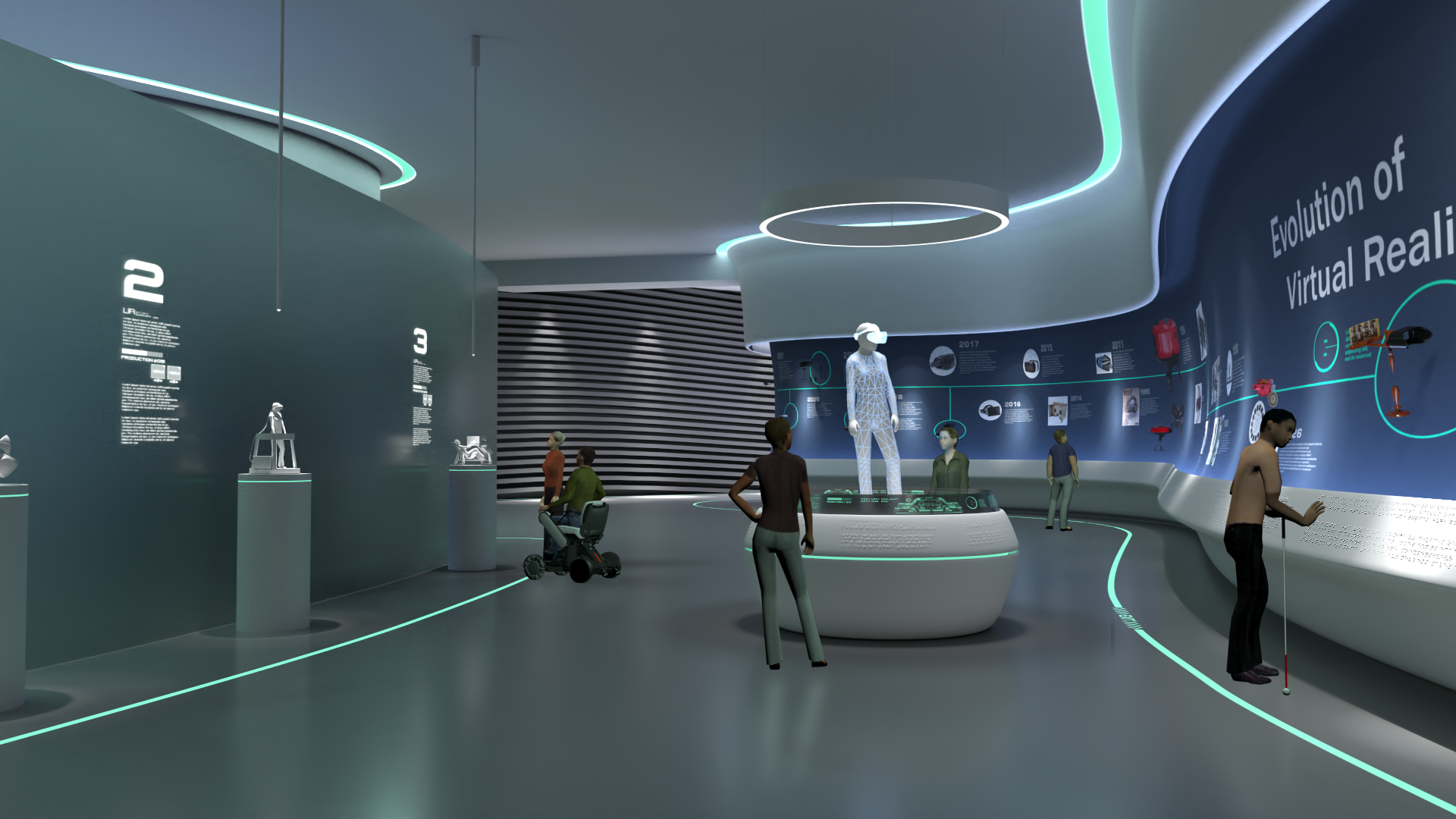
Sensing (by device)
- Environmental
- Environmental
Annotated Bibliography
COPY currently shown bibliography
Schütz, N., Knobel, S. E., Botros, A., Single, M., Pais, B., Santschi, V., ... & Nef, T. (2022). A systems approach towards remote health-monitoring in older adults: Introducing a zero-interaction digital exhaust. NPJ digital medicine, 5(1), 1-13. [cited Sep 28]. Available from: https://www.nature.com/articles/s41746-022-00657-y
- Researchers at Switzerland's University of Bern and Inselspital, Bern University Hospital found that non-contact sensors could be used in the homes of seniors to facilitate early detection of health problems, allowing them to live independently longer and reduce their health care costs. (ACM Newsletter)
All Solid-State LiDAR Sensor that Sees 360°. POSTECH. (2022, October 25). https://postech.ac.kr/eng/all-solid-state-lidar-sensor-that-sees-360/?pageds=1&k=&c
- This article discusses a new ultra-small LiDAR sensor that can see in all directions without revolving like current sensors. This will allow LiDAR to be used in new contexts, including nanotech.
Sparkes, M. (2022, September 23). Robot Navigates Indoors by Tracking Anomalies in Magnetic Fields. Newscientist.com.
- Researchers found that metal pipes beneath the floor provide enough local disturbance of Earth’s magnetic field for an autonomous robot to work out where it is and navigate around. The technique could provide a means for people and robots to find their way around various interior and exterior spaces.